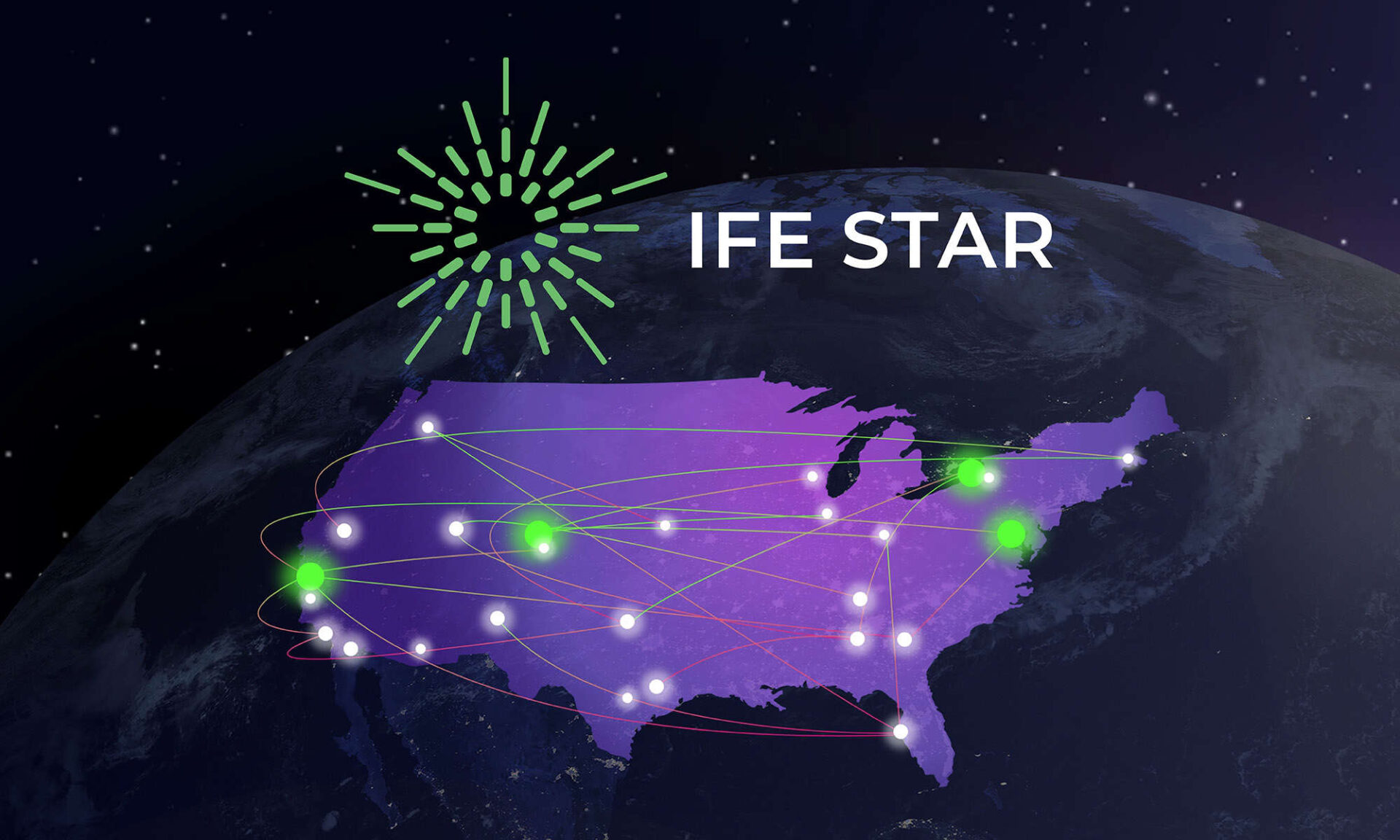
Laboratory for Laser Energetics launches IFE-STAR ecosystem, workforce development initiatives
An IFE-STAR annual conference and summer student programs will foster partnerships among academia, national labs, and the private sector.
At the University of Rochester’s Laboratory for Laser Energetics (LLE), we’re conducting research at the frontier of science. Research that has far-reaching applications to our nation’s security, energy independence, and leadership in innovation.
LLE is a center of gravity for the fusion ecosystem, serving as a hub for national laboratories, international laser facilities, the University of Rochester, and 70 institutions across the globe.
We fuel America’s energy ambitions with cutting-edge laser technologies—driving global security and transformative breakthroughs in discovery.
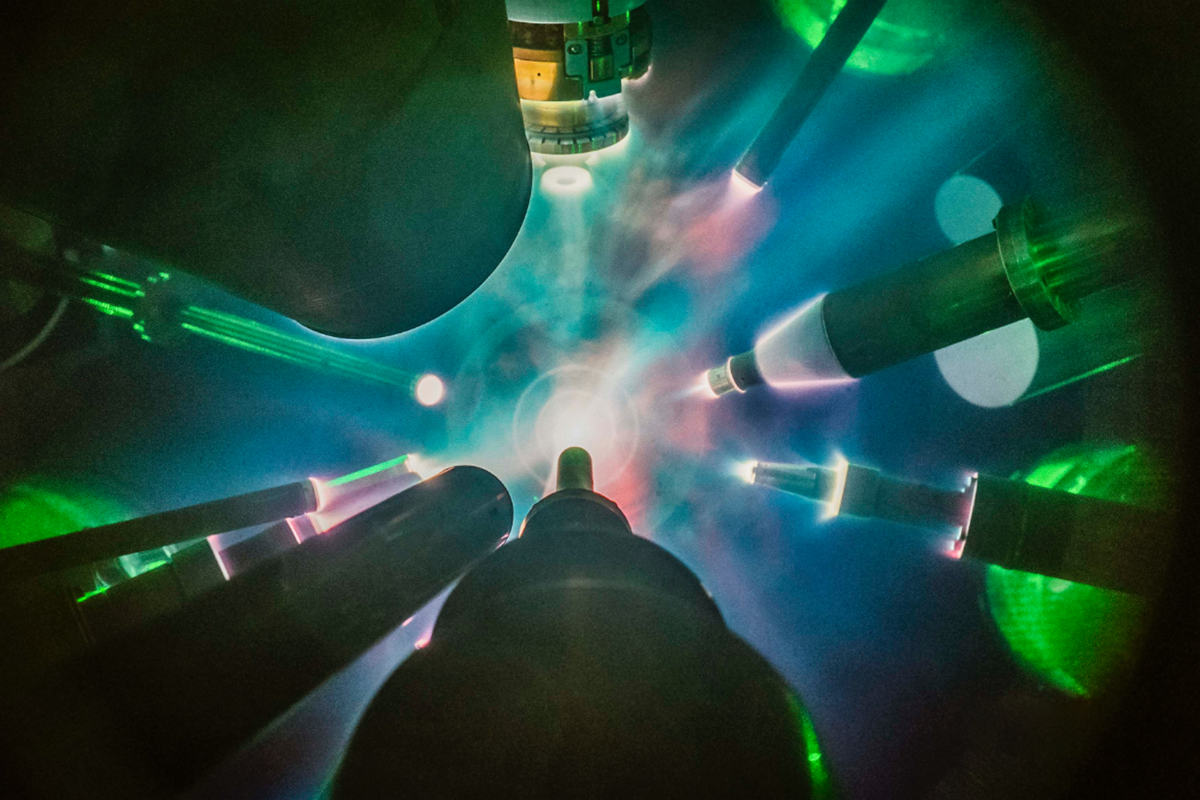
We are pioneering the development of inertial confinement fusion (ICF), a process that supports the nation’s Stockpile Stewardship Program and defines a path to energy independence.
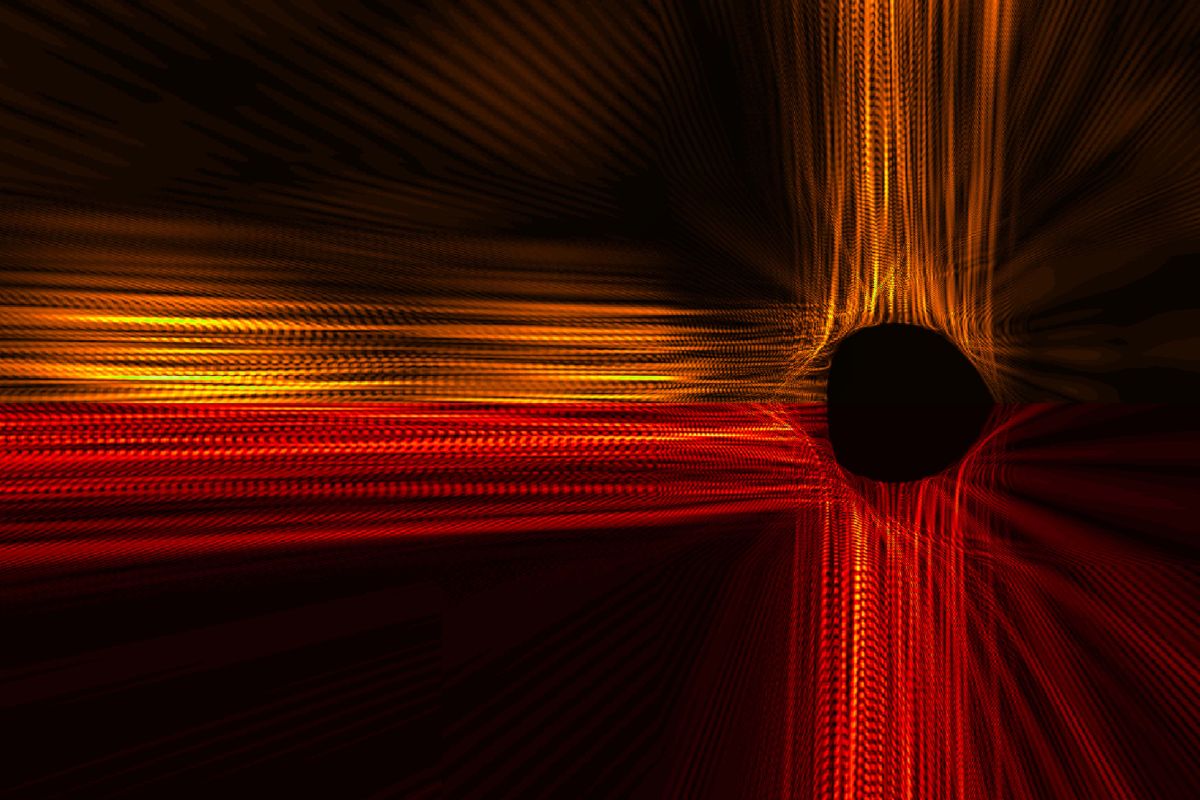
Our experiments explore the behavior of matter under extreme conditions of temperature and pressure, similar to those found in stars and nuclear explosions. This research has applications in national defense, astrophysics, and materials science.
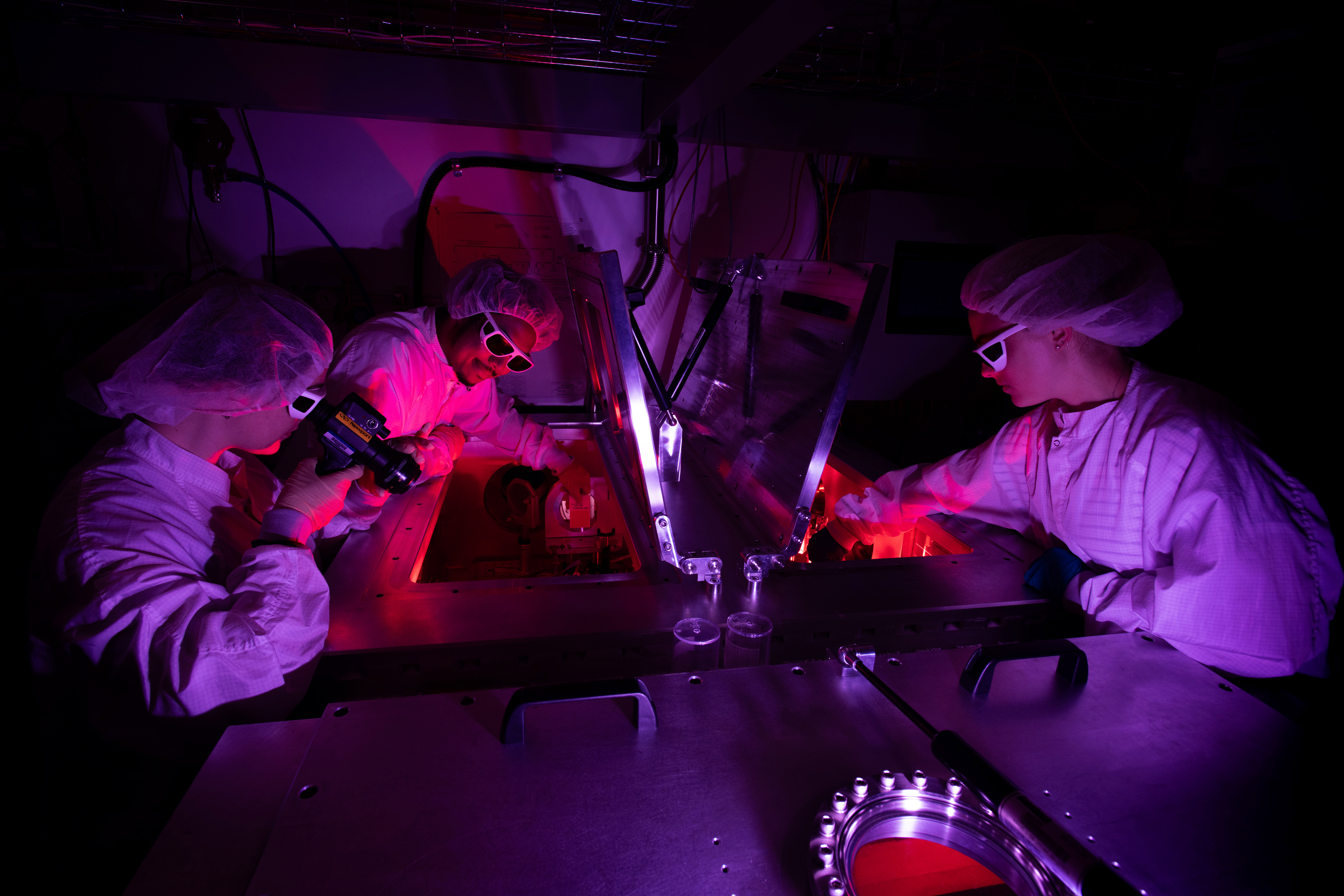
Over 50 years of excellence in laser science with capabilities in high-powered laser systems, diagnostics, advanced computations and simulations, target R&D and fabrication, optical fabrication, and engineering.
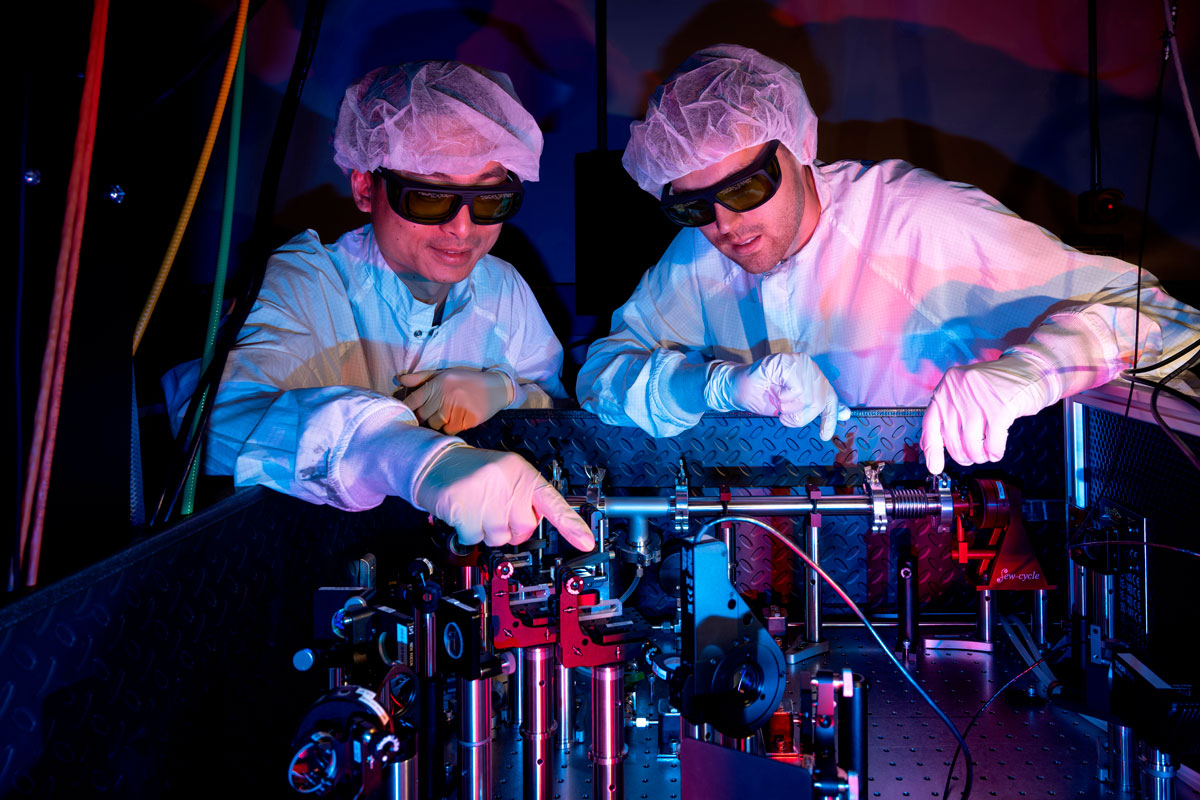
LLE isn't just a research facility; it's a training ground for tomorrow’s researchers, engineers, and technicians. Our graduates make significant contributions, not only as scientists, innovators, and mentors at some of the most prestigious research, industrial, and academic institutions in the country, but also as our next generation of leaders in science, striving to shape and impact the world around us.

Discover how LLE fosters innovation, global partnerships, and transformative research through these spotlight stories.

The Omega Laser Facility at the University of Rochester's Laboratory for Laser Energetics is the world’s largest laser facility in an academic setting and a cornerstone of fusion research and high-energy-density science.
The 60-beam OMEGA laser system, which is the size of a football field, delivers up to 30,000 joules of energy onto a target less than a millimeter in diameter in just one billionth of a second, enabling precise experiments under extreme conditions.
Complemented by the OMEGA EP (Extended Performance) system, which adds four high-energy beams capable of ultrashort pulses, the facility provides unparalleled capabilities for studying inertial confinement fusion (ICF), astrophysical phenomena, and material behavior at atom-crushing pressures. Together, these systems form the only fully integrated cryogenic fast ignition experimental platform in the world, advancing both fundamental science and practical applications.
As a key contributor to the Department of Energy’s National Nuclear Security Administration (NNSA) programs, the Omega Laser Facility supports critical research for stockpile stewardship. Its advanced diagnostics, precision engineering, and ability to simulate conditions found in stars or nuclear reactions make it an indispensable tool for scientific discovery.
By combining cutting-edge technology with a robust research ecosystem, Omega accelerates innovation while training the next generation of scientists and engineers.
At the University of Rochester’s Laboratory for Laser Energetics, our pursuit of “ever better” drives every breakthrough.
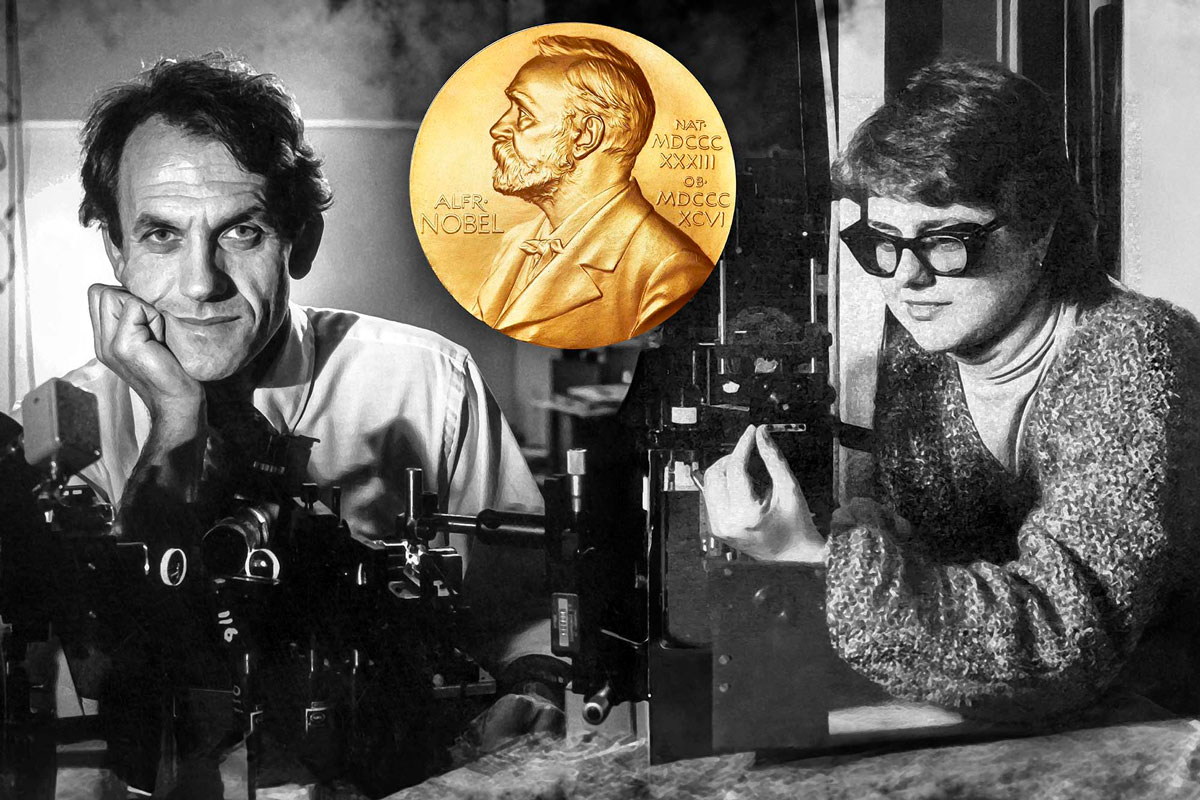
Our commitment to excellence is reflected in our Nobel Prize-winning research. In 2018, Donna Strickland and Gérard Mourou were awarded the Nobel Prize in Physics for their groundbreaking work on laser chirped-pulse amplification, developed here at LLE. This technology has revolutionized laser science and opened doors from laser eye surgery to advanced manufacturing.
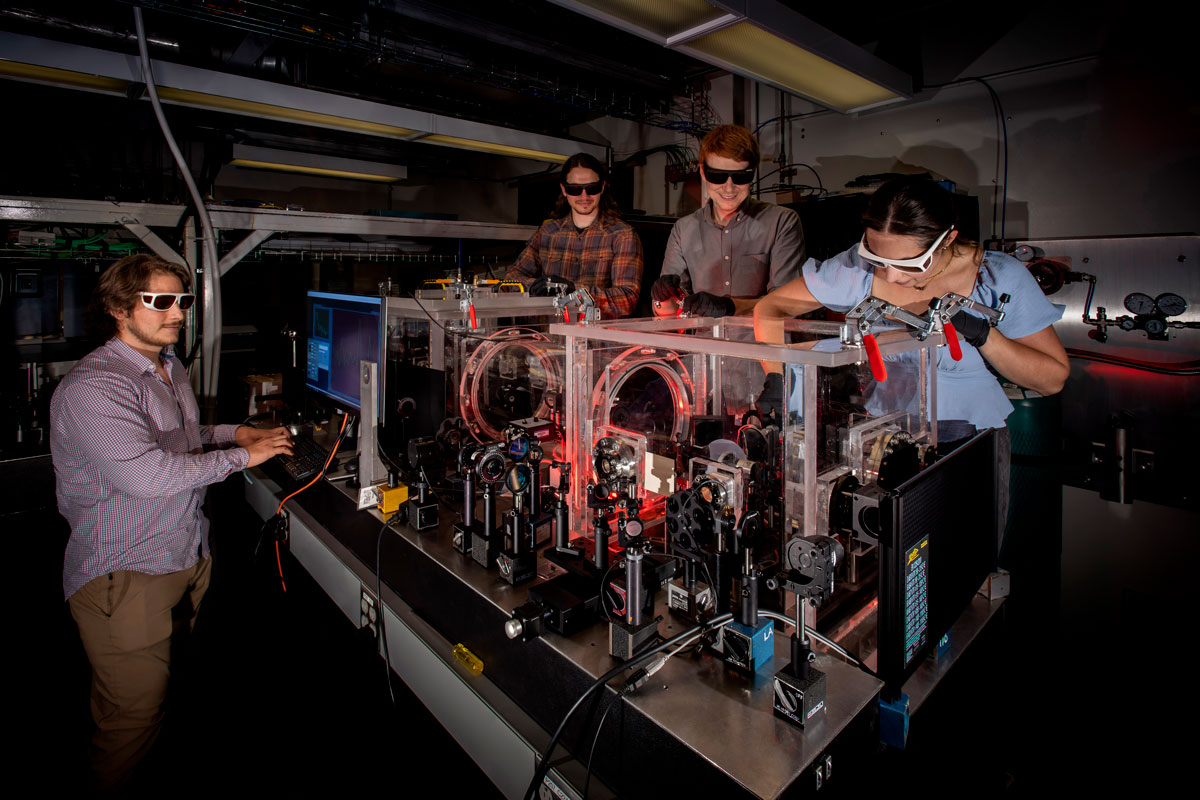
This prestigious honor recognizes outstanding achievements in plasma physics research, including pioneering experiments and novel theoretical developments that stand out for their innovation and impact on the field.
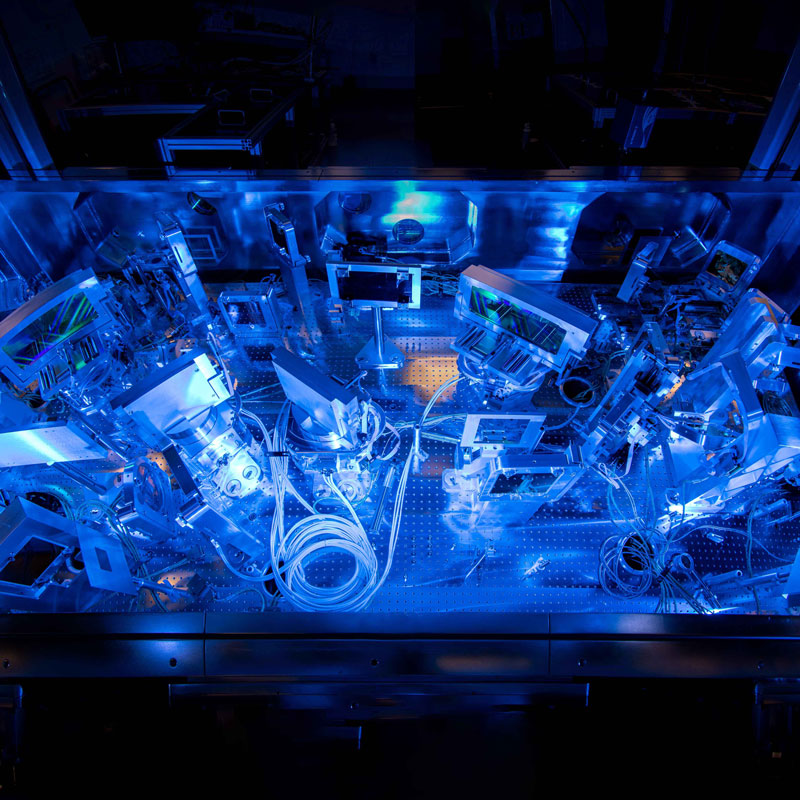

An IFE-STAR annual conference and summer student programs will foster partnerships among academia, national labs, and the private sector.
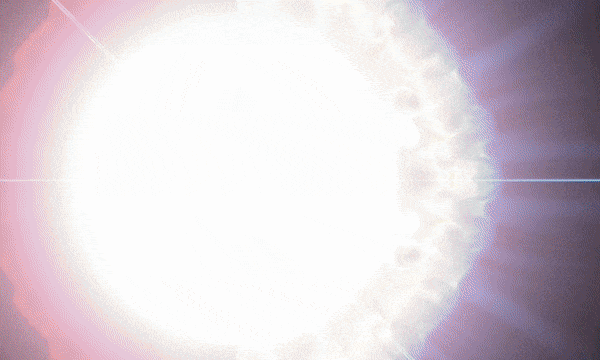
At the University of Rochester’s Laboratory for Laser Energetics, scientists harness AI to bring fusion research into sharper focus.
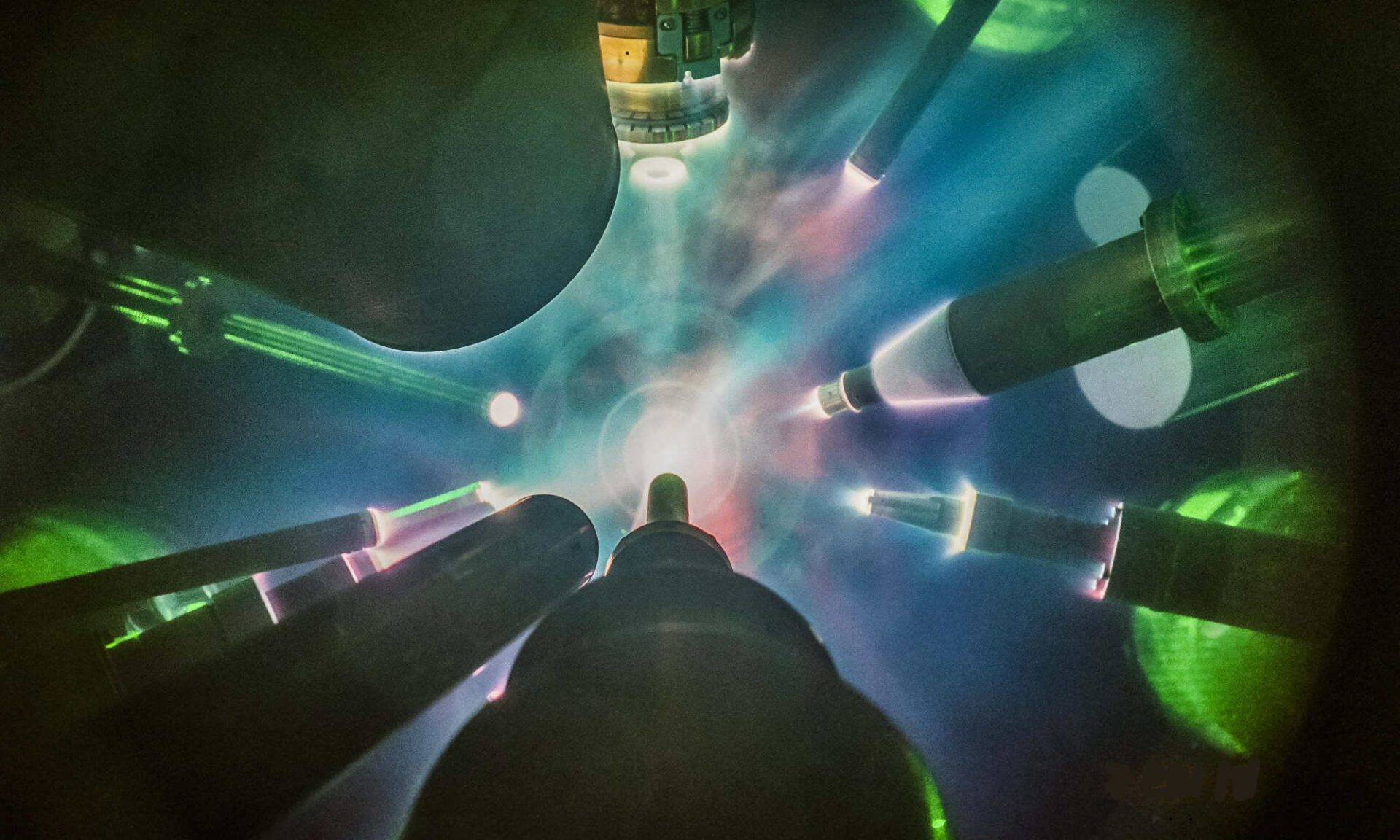
Techniques developed with the Laboratory for Laser Energetics’ OMEGA laser system hold promise for sparking fusion at larger scales.
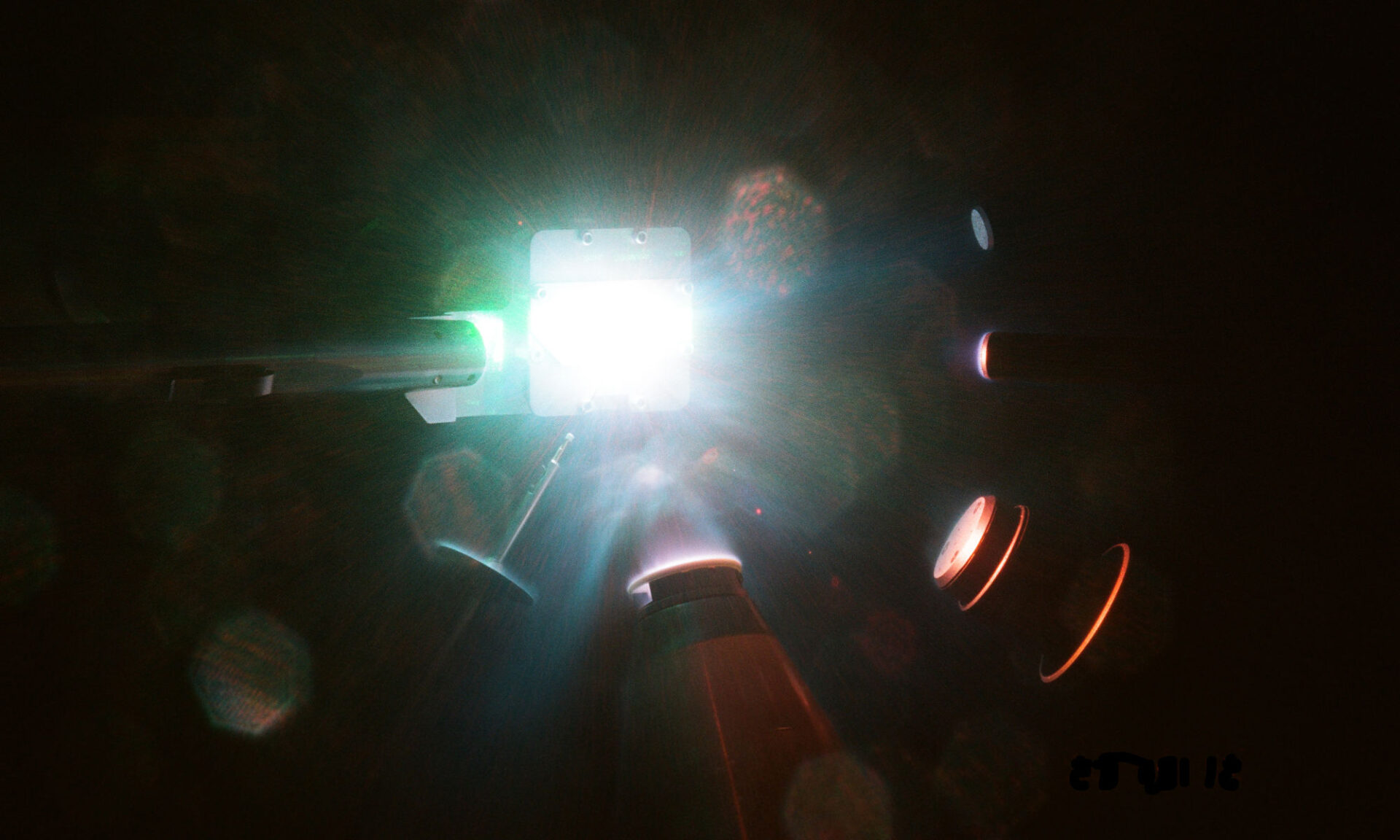
URochester scientists have developed deep-learning models that can sift through the massive amounts of data generated by X-ray diffraction techniques.
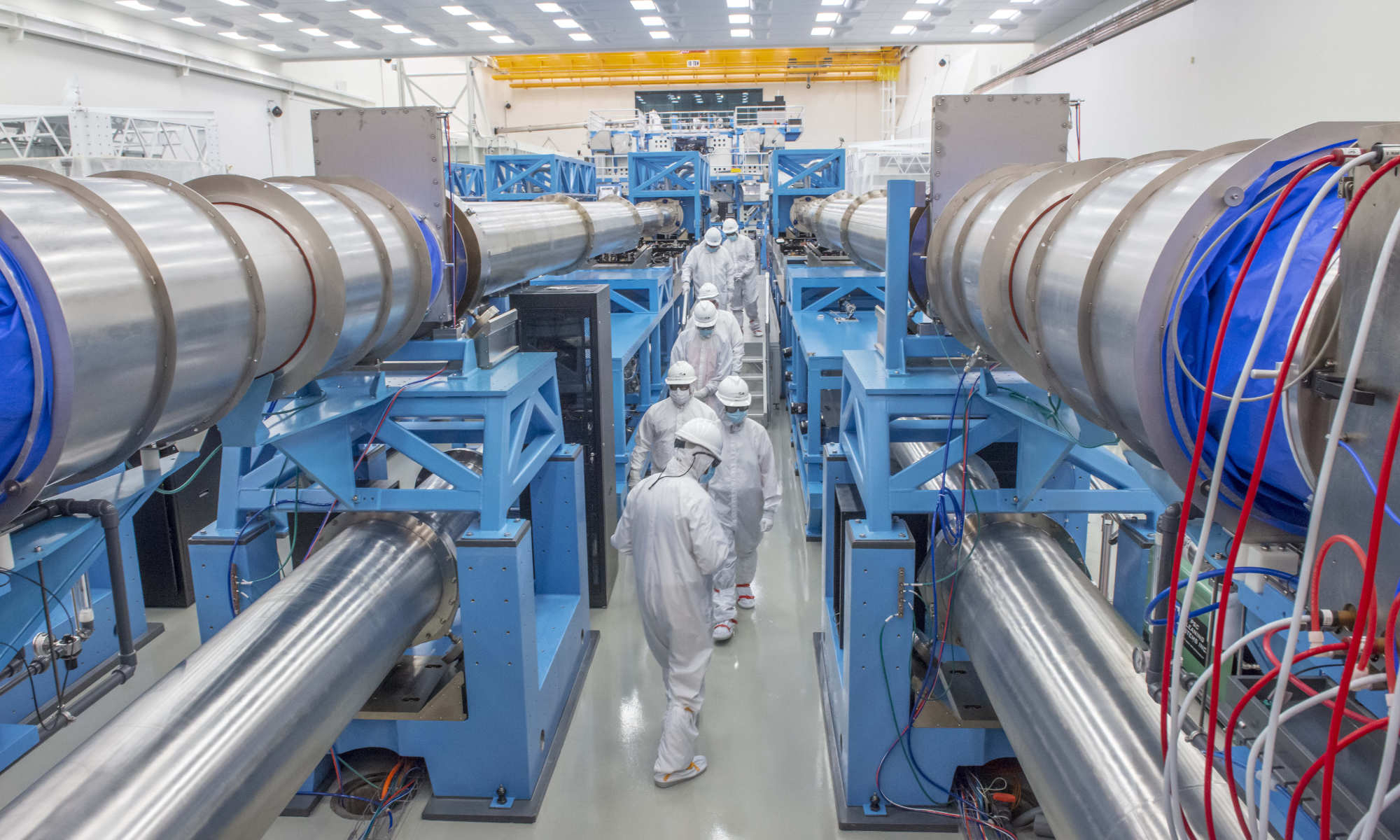
The new cooperative agreement builds on the laboratory’s significant scientific productivity and contributions to national security efforts.
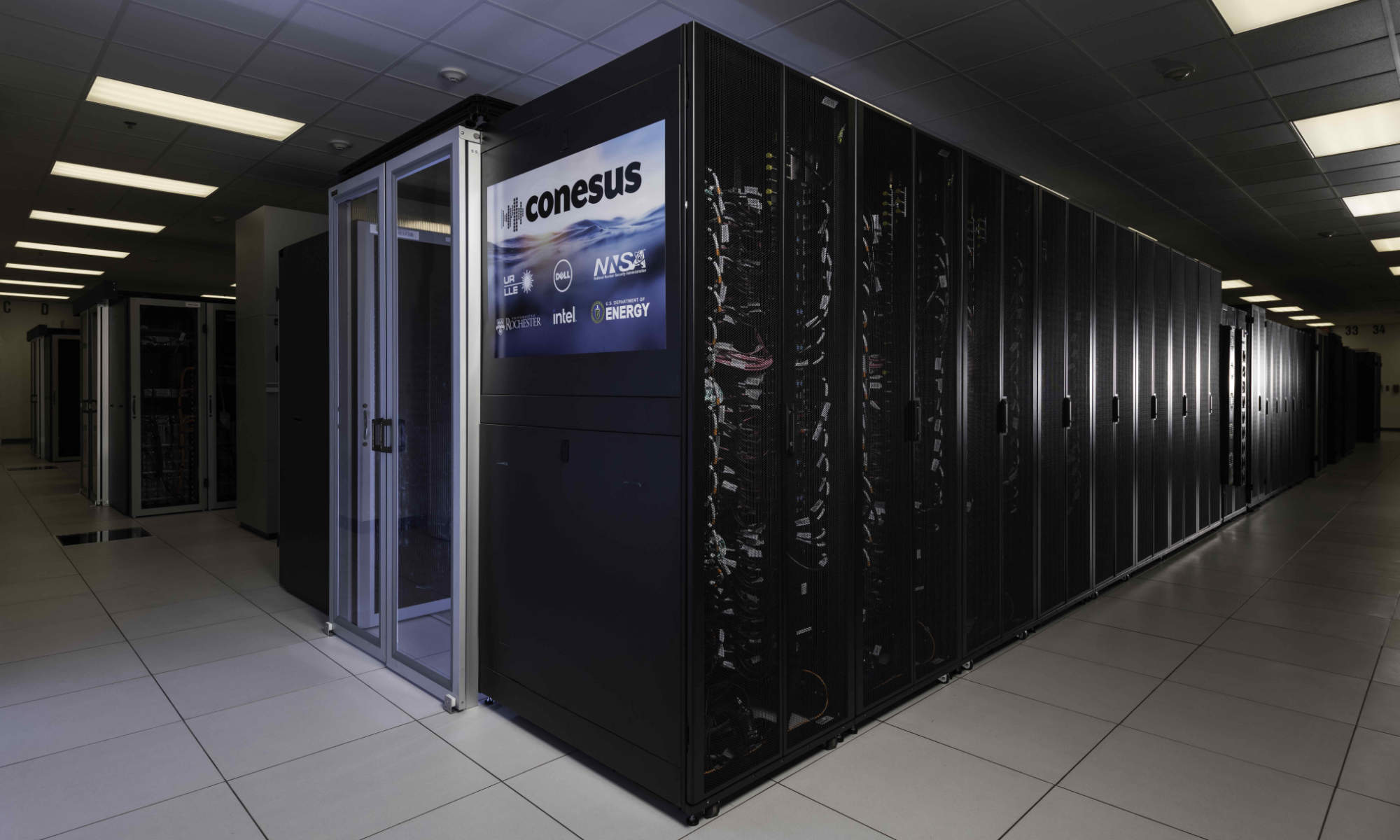
The supercomputer enables a four-fold increase in high-performance computing at the University of Rochester Laboratory for Laser Energetics.